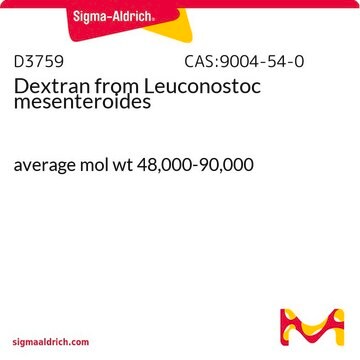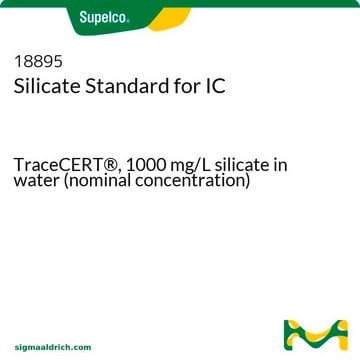I1625
3-Indoleacrylic acid
powder
Synonym(s):
3-(3-Indolyl)acrylic acid, IAA
Sign Into View Organizational & Contract Pricing
All Photos(1)
About This Item
Empirical Formula (Hill Notation):
C11H9NO2
CAS Number:
Molecular Weight:
187.19
Beilstein:
6317
EC Number:
MDL number:
UNSPSC Code:
12352106
PubChem Substance ID:
NACRES:
NA.52
Recommended Products
grade
Molecular Biology
Quality Level
Assay
≥98.0% (HPLC)
≥98.0% (TLC)
form
powder
mol wt
187.19 g/mol
storage temp.
room temp
SMILES string
OC(=O)\C=C\c1c[nH]c2ccccc12
InChI
1S/C11H9NO2/c13-11(14)6-5-8-7-12-10-4-2-1-3-9(8)10/h1-7,12H,(H,13,14)/b6-5+
InChI key
PLVPPLCLBIEYEA-AATRIKPKSA-N
Looking for similar products? Visit Product Comparison Guide
General description
3-Indoleacrylic acid (IAA) is a chemical used for the induction of gene transcription. This expression system requires that the gene of interest is cloned in plasmids containing the trpE promoter.
Application
Suitable for induction of gene transcription in systems controlled by the trpE promoter.
Biochem/physiol Actions
3-Indoleacrylic acid helps to block the mycelial growth of Neurospora crassa. As a result, the cells accumulate indoleglycerol phosphate, which influences the rate of tryptophan synthetase.
related product
Product No.
Description
Pricing
Signal Word
Warning
Hazard Statements
Precautionary Statements
Hazard Classifications
Eye Irrit. 2 - Skin Irrit. 2 - STOT SE 3
Target Organs
Respiratory system
Storage Class Code
11 - Combustible Solids
WGK
WGK 3
Flash Point(F)
Not applicable
Flash Point(C)
Not applicable
Personal Protective Equipment
dust mask type N95 (US), Eyeshields, Gloves
Choose from one of the most recent versions:
Already Own This Product?
Find documentation for the products that you have recently purchased in the Document Library.
Customers Also Viewed
D N Wilson et al.
RNA (New York, N.Y.), 6(12), 1704-1713 (2001-01-06)
Replacing a cassette of 31 residues from Escherichia coli release factor 1 with the equivalent residues in release factor 2 gave a protein active in codon-specific binding to the ribosome but inactive in peptidyl-tRNA hydrolysis. Such a phenotype is also
Inhibition of tryptophan synthetase by indoleacrylic acid
Matchett W H
Journal of Bacteriology, 110(1), 146-154 (1972)
T Mohammad et al.
Photochemistry and photobiology, 59(2), 189-196 (1994-02-01)
Naked, infectious single-stranded (ss) and double-stranded (ds) DNA from phages S13 and G4 were irradiated with 308 nm UV radiation in the absence and presence of several photobiologically active compounds: E- and Z-urocanic acid (E- and Z-UA), their methyl esters
Protein-ligand interactions: exchange processes and determination of ligand conformation and protein-ligand contacts.
L Y Lian et al.
Methods in enzymology, 239, 657-700 (1994-01-01)
J G Bell et al.
Prostaglandins, leukotrienes, and essential fatty acids, 63(1-2), 21-25 (2000-09-06)
The fatty acid compositions of red blood cell (RBC) phospholipids from a patient with autistic spectrum disorder (ASD) had reduced percentages of highly unsaturated fatty acids (HUFA) compared to control samples. The percentage of HUFA in the RBC from the
Our team of scientists has experience in all areas of research including Life Science, Material Science, Chemical Synthesis, Chromatography, Analytical and many others.
Contact Technical Service














